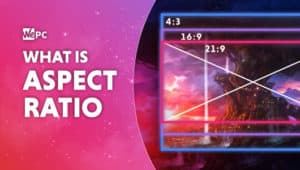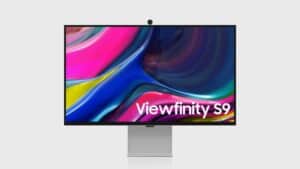How monitor screen size is measured?
A little lesson in how monitor screen size is measured

WePC is reader-supported. When you buy through links on our site, we may earn an affiliate commission. Prices subject to change. Learn more
Screen size is measured in inches and refers to the diagonal distance across the screen. It’s important to note that the size of the screen does not necessarily correspond to the overall dimensions of the monitor itself, as the bezel (the frame around the screen) can vary in size.
How to measure screen size?
To measure the screen size of a monitor, you’ll need to measure the distance from the bottom left corner of the screen to the top right corner. This will give you the diagonal measurement of the screen. For example, a monitor with a screen size of 24 inches will have a diagonal measurement of 24 inches from the bottom left corner to the top right corner or vice versa.
Does aspect ratio affect screen size?
It’s worth noting that the screen size can also be affected by the aspect ratio of the display. The aspect ratio refers to the ratio of the width of the screen to the height of the screen. A common aspect ratio for monitors is 16:9, which means that for every 9 inches of height, the screen has a width of 16 inches. This aspect ratio is often referred to as “widescreen,” as it allows for a wider field of view when watching movies or playing games.
Does resolution affect screen size?
Another factor that can affect the size of the screen is the resolution of the display. The resolution refers to the number of pixels that make up the image on the screen, and it is typically measured in pixels per inch (PPI). A higher PPI means that there are more pixels packed into a smaller space, which can make the image on the screen appear sharper and more detailed. However, it has to be said that a higher resolution does not necessarily mean that the screen is physically larger.
In general, screen size is an important factor to consider when choosing a monitor as it can decisively affect the overall viewing experience. Larger screens are ideal for multitasking or media consumption, while smaller screens may be more suitable for everyday tasks such as web browsing or document editing. Ultimately, the right screen size for you will depend on your individual needs.





